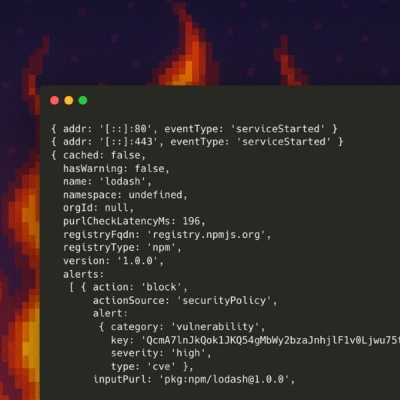webdriver-client-test-runner
Test runner for visual regression testing and not only.
##Installation
Ensure that a selenium/browser WebDriver is started.
Install the NPM package:
npm install webdriver-client-test-runner@https://github.com/DenisKudelin/webdriver-client-test-runner.git
An example repository using webdriver-client-test-runner can be found here.
##Configuration
The configuration file contains all necessary information to run your test suite. Here is an example configuration with all supported properties:
module.exports = {
jasmine: {
defaultTimeoutInterval: 30000
},
specs: [
"./lib/tests/**/*Tests.js",
],
capabilities: [{
browserName: "chrome"
},{
browserName: "chromium",
chromeOptions: {
binary: "path to chrome.exe",
}
},{
browserName: "firefox"
firefox_binary: "path to firefox.exe"
},{
browserName: "internet explorer"
}],
defaultTestPageUrl: "https://www.microsoft.com",
files: [
"../Externals/JQuery/jquery.js",
],
execFiles: [
"../helpers/**.js",
],
webdrivercss: {
screenshotRoot: "screenshots/",
failedComparisonsRoot: "screenshots/failedComparisons",
misMatchTolerance: 0,
gmOptions: {
appPath: require("graphics-magick-binaries").getGMBinariesPathForCurrentSystem()
}
},
}
##Writing tests
To write tests we use Jasmine test framework. To access the browser functions we use the global variable "browser".
Here is an example test:
describe("Microsoft", () => {
it("pagebodyTest", () => {
return browser
.assertAreaScreenshotMatch({
name: "pagebody",
elem: "div.row-fluid pagebody"
});
});
});
##Usage
Using exposed NodeJS Api
For example, we can use the gulp to run our tests:
var gulp = require("gulp");
var webdriverClientTestRunner = require("webdriver-client-test-runner");
gulp.task("run", () => {
return webdriverClientTestRunner.TestRunner.run({
config: "./config.js"
}), webdriverClientTestRunner.Helpers.logError)
.then(() => process.exit(0), (ex) => process.exit(1));
});
Now we can run our tests:
gulp run
From command line
webdriver-client-test-runner <path-to-config-file>



